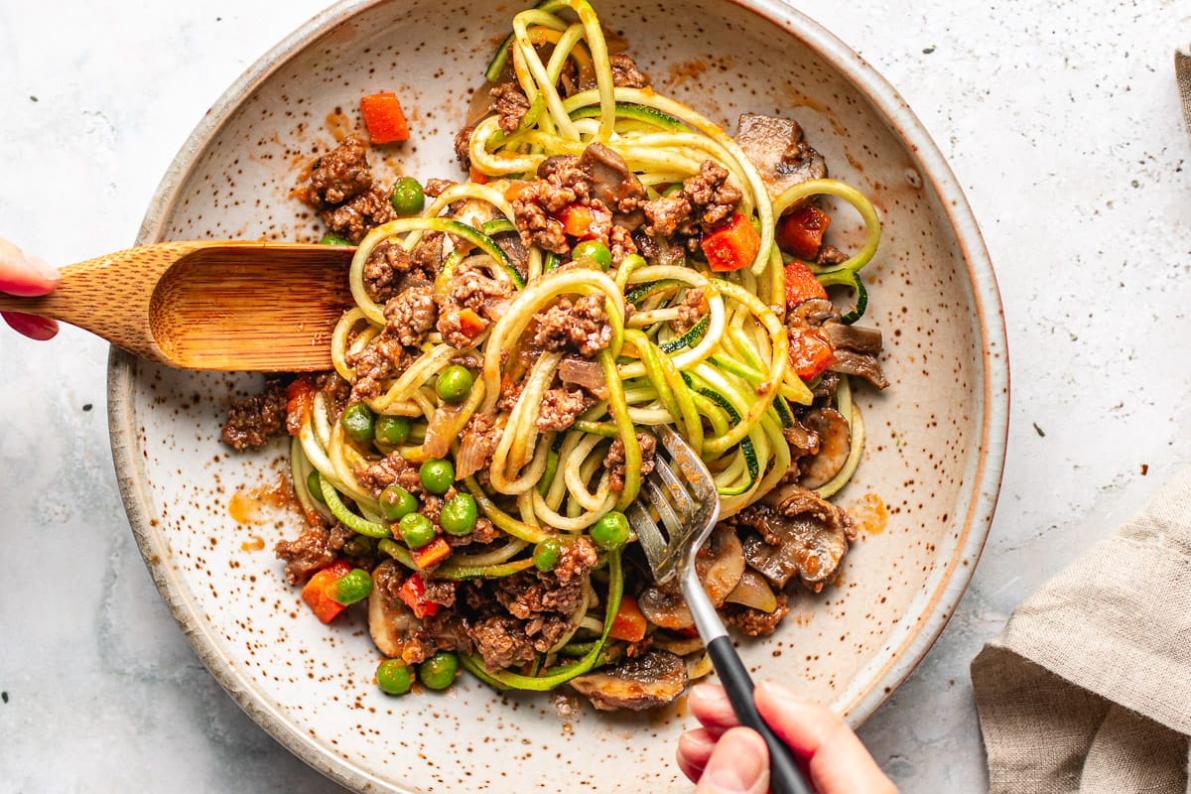Can I Still Enjoy My Favorite Foods on a Keto Diet?
The ketogenic diet has gained immense popularity as a means to achieve weight loss, improve blood sugar control, and enhance overall health. However, one of the most common concerns among individuals considering this diet is whether they can still enjoy their favorite foods. This article aims to explore this question and provide insights into how individuals can adapt their favorite foods to a ketogenic diet while maintaining their health goals.

I. Understanding The Ketogenic Diet
The ketogenic diet is a low-carbohydrate, high-fat diet that forces the body to burn fat for fuel instead of carbohydrates. This metabolic shift, known as ketosis, leads to several health benefits, including weight loss, improved blood sugar control, reduced inflammation, and enhanced cognitive function.
The macronutrient distribution in a ketogenic diet typically consists of:
- 70-80% fat
- 15-20% protein
- 5-10% carbohydrates

Maintaining these ratios is crucial for achieving and maintaining ketosis.
II. Adapting Favorite Foods To A Ketogenic Diet
Contrary to popular belief, following a ketogenic diet does not mean giving up all your favorite foods. With creativity and a few simple modifications, you can enjoy many of your favorite dishes while staying within the ketogenic macronutrient guidelines.
Creative Substitutions:
- Replace high-carbohydrate ingredients with keto-friendly alternatives. For example, use cauliflower rice instead of white rice, almond flour instead of wheat flour, and sugar-free sweeteners instead of sugar.
- Experiment with different cooking methods to enhance the flavors of keto-friendly ingredients. Roasting vegetables, grilling meats, and sautéing greens can bring out their natural flavors.
Keto-Friendly Alternatives:
- Cauliflower pizza crust, almond flour bread, and zucchini noodles are excellent low-carb alternatives to traditional high-carbohydrate options.
- Sugar-free sweeteners, such as stevia, erythritol, and monk fruit, provide sweetness without the carbohydrates.
Recipe Adaptations:
- Reduce the amount of carbohydrates in recipes by omitting or substituting high-carb ingredients.
- Increase the healthy fats in recipes by adding avocados, nuts, seeds, and olive oil.
- Experiment with different spice blends and herbs to enhance the flavors of keto-friendly dishes.
III. Maintaining Variety And Balance
To ensure a healthy and sustainable ketogenic diet, it is crucial to maintain variety and balance in your meals.
Importance of Variety:
- Consuming a variety of foods ensures adequate intake of essential nutrients, including vitamins, minerals, and fiber.
- Variety helps prevent boredom and promotes long-term adherence to the ketogenic diet.
Balancing Macros:
- Balance macronutrients in each meal to maintain ketosis and avoid nutritional deficiencies.
- Aim for a ratio of 70% fat, 20% protein, and 10% carbohydrates in each meal.
Incorporating Healthy Fats:
- Include healthy fats in meals and snacks to promote satiety and provide essential fatty acids.
- Good sources of healthy fats include avocados, nuts, seeds, olive oil, and fatty fish.
IV. Overcoming Cravings And Emotional Eating
Cravings and emotional eating are common challenges that can hinder adherence to any diet, including the ketogenic diet.
Understanding Cravings:
- Cravings can be triggered by physiological factors, such as low blood sugar or dehydration, or by psychological factors, such as stress or boredom.
- Emotional eating involves using food to cope with negative emotions, such as stress, anxiety, or sadness.
Strategies for Managing Cravings:
- Stay hydrated by drinking plenty of water throughout the day.
- Get adequate sleep to support hormone balance and reduce stress.
- Practice mindfulness to become more aware of your cravings and emotional triggers.
- Engage in physical activity to release endorphins and reduce stress.
Emotional Eating:
- Address the underlying emotional issues that contribute to emotional eating.
- Seek support from friends, family, or a therapist to help manage stress and emotions.
- Develop healthy coping mechanisms, such as exercise, journaling, or meditation, to manage emotions without resorting to food.
V. Conclusion
The ketogenic diet can be a sustainable and enjoyable way to achieve health goals without sacrificing your favorite foods. With creativity, adaptation, and a focus on variety and balance, you can maintain a ketogenic lifestyle while still enjoying the foods you love.
Embrace the ketogenic diet as an opportunity to explore new foods, discover new flavors, and develop a healthier relationship with food. With dedication and perseverance, you can achieve your health goals while still enjoying the foods that bring you joy.
YesNo

Leave a Reply